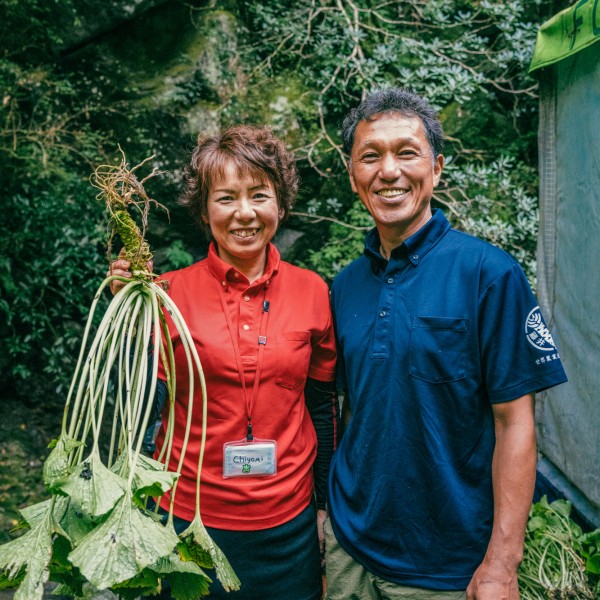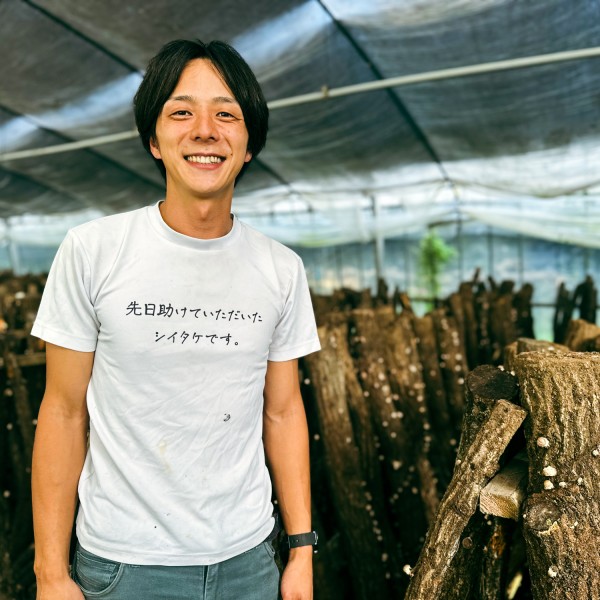
Posted: February 26, 2024
As I lay in my cozy glamping tent by Tohoku's Tanesashi Coast, enveloped in the stillness between consciousness and sleep, the crashing waves outside served as a reminder of the week I'd spent exploring the Tohoku region through hiking, biking, and kayaking. Waves, I realized, conveyed so many messages: awakening, gratitude, and at times, devastation and heartbreak.
The devastating impact of the March 11, 2011 tsunami caused by the Great East Japan Earthquake lingers vividly in this serene region. The tsunami's colossal waves, reaching up to 130 feet high, extended six miles inland, claiming the lives of 20,000 individuals and leaving a trail of destruction that took years to clear. In fact, some areas I hiked by were still under construction.
Since that calamitous event, the Tohoku coast has diligently focused on recovery and rebuilding. Measures included the construction of larger tsunami walls, relocating structures to higher ground, enhancing warning systems, erecting memorials, and prioritizing tsunami safety and education. An unusual aid in this rejuvenation came through adventure tourism. Japan's Ministry of the Environment began establishing the Michinoku Coastal Trail (MCT) in 2012, a 1000-kilometer path intended to aid in the region's recovery and commemorate the lives lost in the disaster.
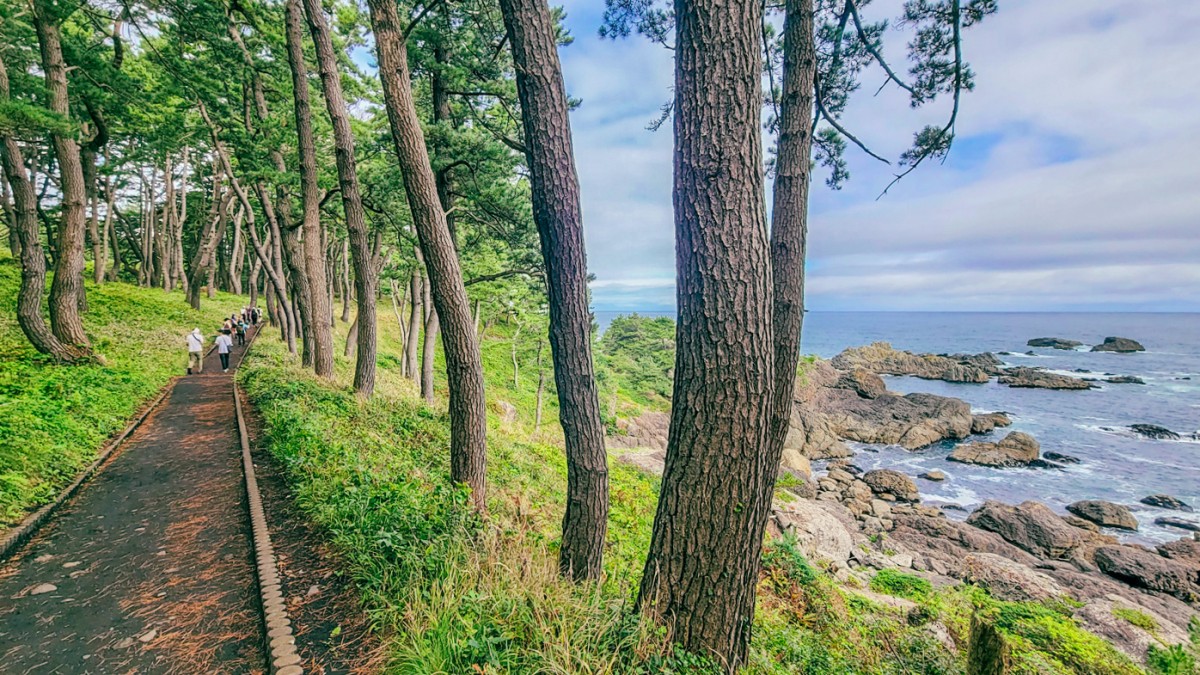
Hiking along the Tanesashi Coast, Tohoku.
My presence in Tohoku, reveling in adventure travel while engaging as a tourist, felt significant beyond personal enjoyment. Contributing to the region's healing and economy, I recognized the substantial impact well over a decade after the disaster.
The inception of the 1000 km trail in 2012 aimed to breathe new life into the affected coastal communities, instill hope, advocate sustainability, and serve as a living memorial the entire world could share in. Beginning from Soma City in Fukushima Prefecture and traversing through Iwate and Miyagi prefectures (where the waves, damage, and loss of life were the greatest), the MCT meanders northward, concluding in Hachinohe, Aomori Prefecture. These areas, largely unknown in the tourism landscape, often stand overshadowed by more prominent destinations like Kyoto, Osaka, and Tokyo. I suppose this is why I was so taken by the region; it was new to tourism.
The MCT not only offered diverse geographical terrains—cliffs, peninsulas, and coastal vistas—but also bore the indelible mark of the tsunami's history. Yet, in parallel, it unfolded as an adventure, with segments explored through hiking, biking, and kayaking, enabling interactions with locals, savoring local delicacies, and imbibing the regional culture.

A new coastal wall serves as part of the MCT.
From meeting fishermen in Matsushima Bay to cycling around Rikuzentakata City, where the community ingeniously established a disaster-resistant town, my encounters unveiled the resilience and the weight of life's importance amidst the aftermath of the tsunami.
While some areas, such as Nagahora, displayed the juxtaposition of scenic beauty against the imposing tsunami walls, other moments, like kayaking at Jodogahama, allowed a breathtaking immersion in the ocean's natural allure.
An unforgettable highlight was encountering the unscathed Kitayamazaki Cliffs, a formidable natural coastal barrier standing 200 meters high that stood apart from the tsunami's influence. The day spent navigating caves, coves, and scaling coastal boulders, culminating in a climb up 736 steps to a viewing platform, remains a cherished memory.
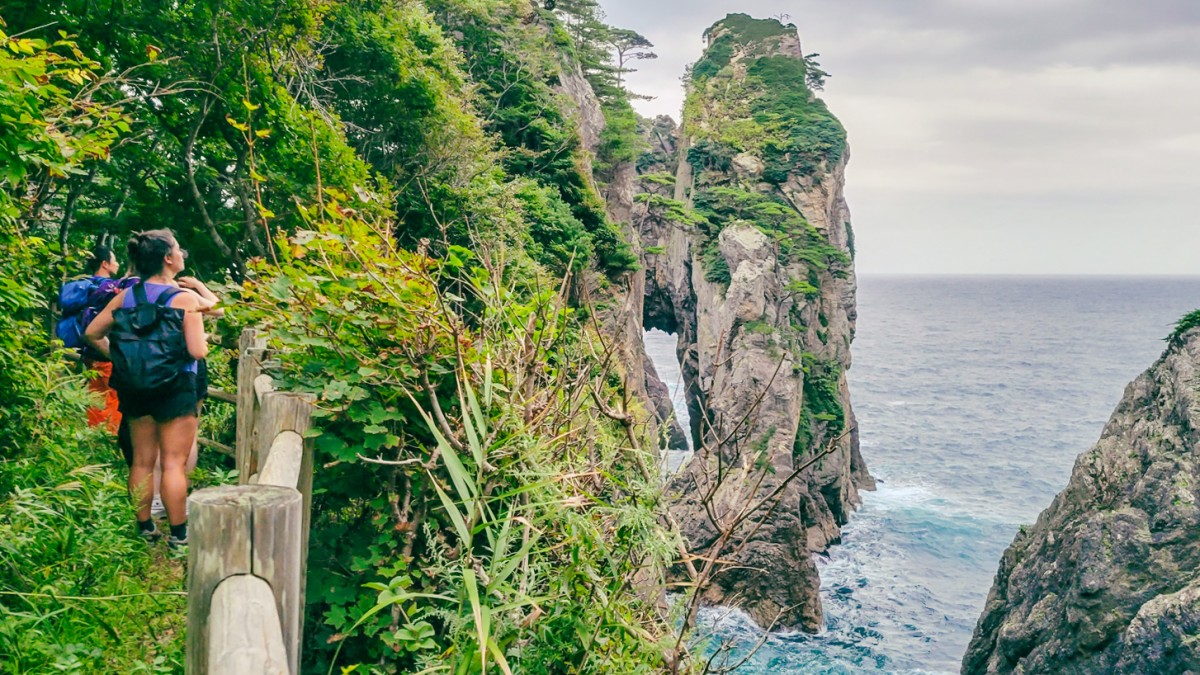
Hiking the rugged Kitayamazaki Cliffs.
Early in my journey, I was introduced to the most powerful wave of Tohoku – the wave goodbye. It has an energy that exudes gratitude. Most of the time, there is such a burst of waving energy that it erupts into a joyous two-handed wave. And the longevity of the wave is impressive. It lasts until you are completely out of sight. The Tohoku wave is like a tidal wave of exuberance shot through the air; it's a sendoff, it's a thank you, it's come again, it's honorable, it's their culture. And it's like nothing I've experienced before.
One of the most memorable experiences combining both the loss and hope of the region was hiking to Hirono, a small village known for its sustainable sea-urchin farming. It was there that I put down my backpack and joined a group of locals out by the train tracks along the coast to experience a different kind of wave.
When the tsunami hit Hirono, it destroyed their lifeline – the JR East Hachinohe Rail Line – cutting them off from transit and help. JR East rail company worked to repair the line, bringing hope and help back to the town. The 'Tohoku Emotion,' a tourist train showcasing the delights of Tohoku food, vistas, and art, was introduced as the new line reopened. The special train now comes through the town of Hirono weekly, filled with tourists.

Guests on the Tohoku Emotion train wave at us as they pass by.
After hiking into Hirono, I joined a group of locals by the train tracks for their weekly event to wave flags at the passing Hirono Emotion train. The locals have done this religiously for years after the tsunami to show their appreciation for JR East, as well as all of the volunteers who helped them repair their village and economy.
I saw the small dining train approaching in the distance, and along with the locals, we all raised our big flags and started waving at the train. The passengers and employees all waved back emphatically at us as the locomotive sounded its horn in gratitude. Of course, in true Japanese waving culture, we continued the wave until the train was entirely out of eyesight.
Participating in this weekly ritual, of, waving flags as the train passed, underscored the profound yet fleeting connections forged across cultural and linguistic divides. The brief yet heartfelt interaction fostered unity and shared sentiments, and it was etched in my travel memories forever.
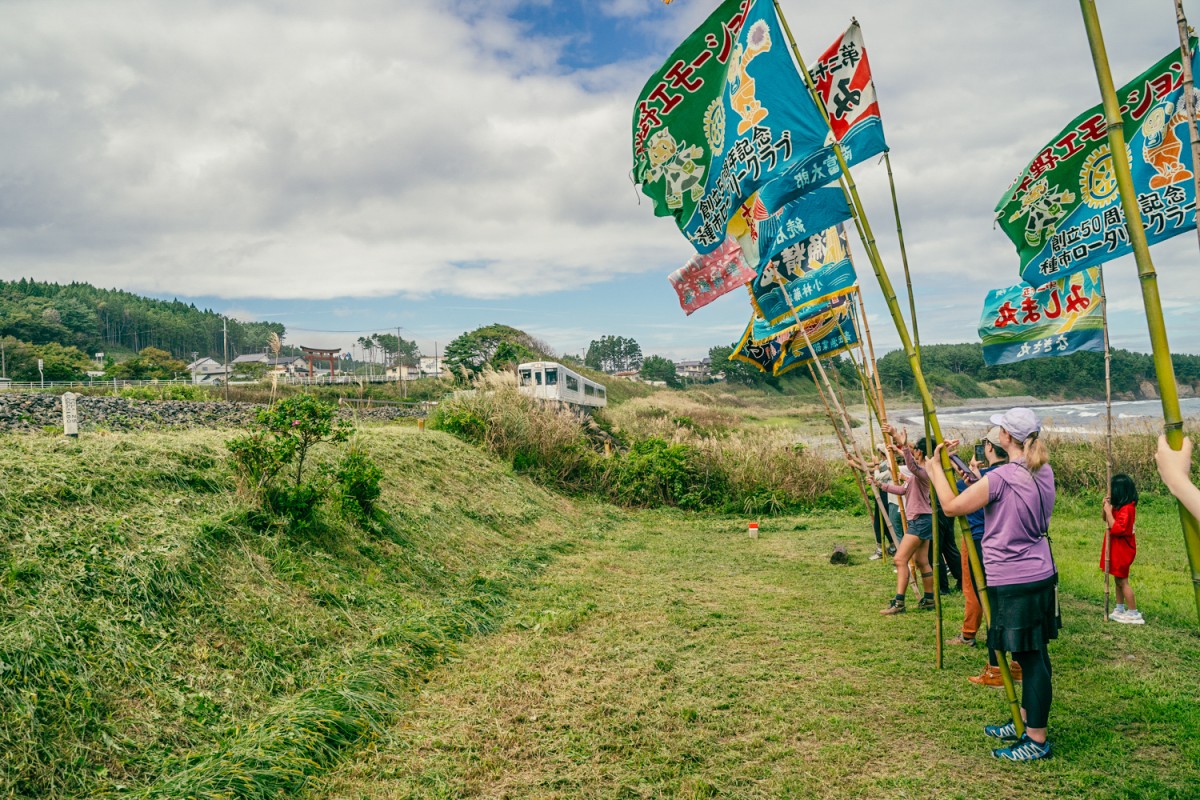
Hikers along the MCT team up with locals as they show their appreciation for the rebuilding of the region. (Photo by Sherry Ott)
My adventures in Tohoku seemed a study in contrasts— nature as both destroyer and healer, exemplified by the special wave goodbye juxtaposed against the catastrophic tsunami wave. Just like the wave that took this region by surprise will forever be imprinted on the people and landscape of Tohoku, the people along the Michinoku Coastal Trail forever imprinted their strength, community spirit, hospitality, and wave goodbye on me.
If you go: Find everything you need to know about how to plan your route and time on the trail at Michinoku Trail Club. For an English-speaking guide and itinerary, contact Michinori Travel Tohoku.
Sherry Ott is a pioneer in the emerging world of new media, writing about her travel lifestyle and world adventures on Ottsworld.com since 2006. Contributing writers to this destination series were hosted on adventures throughout Japan as part of the Adventure Travel World Summit 2023 in Hokkaido, Japan.





